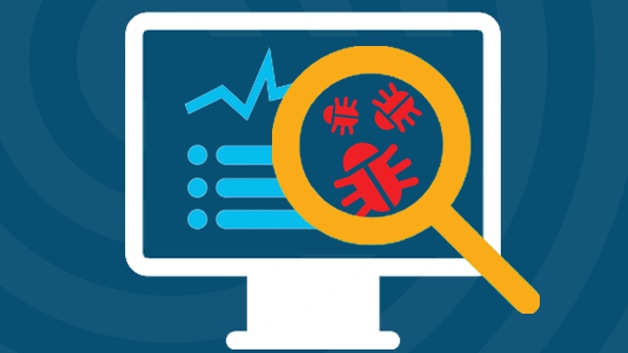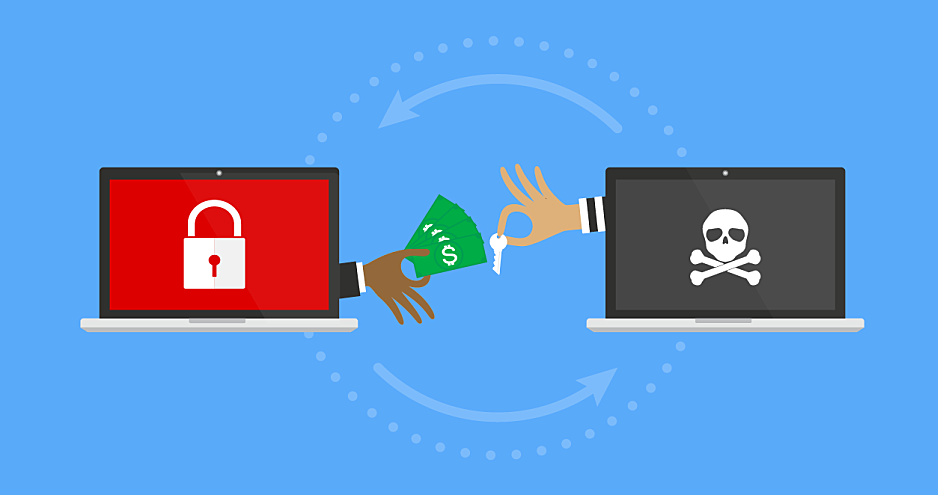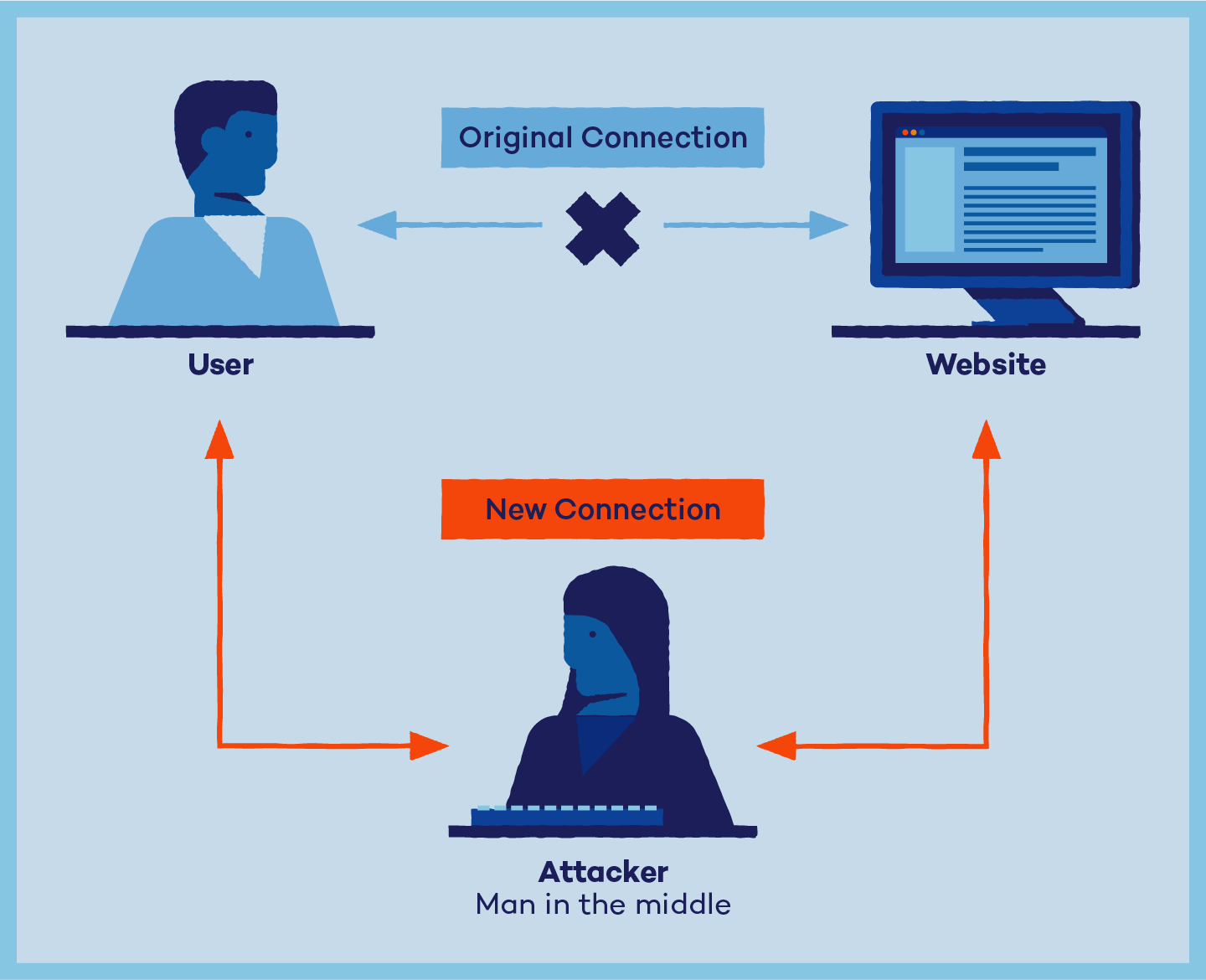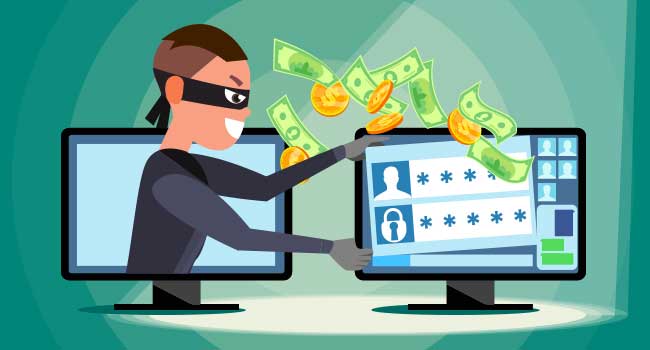
Here is a list of the top 10 cyber crimes, based on the prevalence and impact they have on individuals and organizations:

Phishing: This is a type of online scam where attackers send fake emails or messages that appear to come from a legitimate source, with the goal of tricking the victim into revealing sensitive information or clicking on a malicious link.

Malware: This refers to any software that is designed to harm or exploit vulnerabilities in computer systems. This can include viruses, worms, and trojans, which can steal sensitive information, disrupt system performance, or even take control of a device.

Ransomware: This is a type of malware that encrypts a victim's data and demands payment in exchange for the decryption key.

Denial of Service (DoS) Attacks: These attacks aim to make a website or network resource unavailable to users by overwhelming it with traffic or requests.

Man-in-the-Middle (MitM) Attacks: These attacks involve an attacker intercepting communication between two parties and impersonating one or both of them to gain access to sensitive information.

Identity Theft: This occurs when someone obtains and uses another person's personal information, such as their name, social security number, or credit card details, for fraudulent purposes.

Data Breaches: This refers to the unauthorized access or release of sensitive or confidential information, often through hacking or other cyber attacks.

Cryptojacking: This involves the use of malware to secretly mine cryptocurrency on a victim's device, without their knowledge or consent.

Online Harassment: This includes any form of online behavior that is intended to harass, intimidate, or bully someone, such as posting threatening messages or sharing personal information without consent.

Cyberbullying: This is a specific type of online harassment that involves the use of digital technologies to bully or intimidate a person, often by posting harmful or false information about them.

 Phishing: This is a type of online scam where attackers send fake emails or messages that appear to come from a legitimate source, with the goal of tricking the victim into revealing sensitive information or clicking on a malicious link.
Phishing: This is a type of online scam where attackers send fake emails or messages that appear to come from a legitimate source, with the goal of tricking the victim into revealing sensitive information or clicking on a malicious link. Malware: This refers to any software that is designed to harm or exploit vulnerabilities in computer systems. This can include viruses, worms, and trojans, which can steal sensitive information, disrupt system performance, or even take control of a device.
Malware: This refers to any software that is designed to harm or exploit vulnerabilities in computer systems. This can include viruses, worms, and trojans, which can steal sensitive information, disrupt system performance, or even take control of a device. Ransomware: This is a type of malware that encrypts a victim's data and demands payment in exchange for the decryption key.
Ransomware: This is a type of malware that encrypts a victim's data and demands payment in exchange for the decryption key. Denial of Service (DoS) Attacks: These attacks aim to make a website or network resource unavailable to users by overwhelming it with traffic or requests.
Denial of Service (DoS) Attacks: These attacks aim to make a website or network resource unavailable to users by overwhelming it with traffic or requests. Man-in-the-Middle (MitM) Attacks: These attacks involve an attacker intercepting communication between two parties and impersonating one or both of them to gain access to sensitive information.
Man-in-the-Middle (MitM) Attacks: These attacks involve an attacker intercepting communication between two parties and impersonating one or both of them to gain access to sensitive information. Identity Theft: This occurs when someone obtains and uses another person's personal information, such as their name, social security number, or credit card details, for fraudulent purposes.
Identity Theft: This occurs when someone obtains and uses another person's personal information, such as their name, social security number, or credit card details, for fraudulent purposes. Data Breaches: This refers to the unauthorized access or release of sensitive or confidential information, often through hacking or other cyber attacks.
Data Breaches: This refers to the unauthorized access or release of sensitive or confidential information, often through hacking or other cyber attacks. Cryptojacking: This involves the use of malware to secretly mine cryptocurrency on a victim's device, without their knowledge or consent.
Cryptojacking: This involves the use of malware to secretly mine cryptocurrency on a victim's device, without their knowledge or consent. Online Harassment: This includes any form of online behavior that is intended to harass, intimidate, or bully someone, such as posting threatening messages or sharing personal information without consent.
Online Harassment: This includes any form of online behavior that is intended to harass, intimidate, or bully someone, such as posting threatening messages or sharing personal information without consent. Cyberbullying: This is a specific type of online harassment that involves the use of digital technologies to bully or intimidate a person, often by posting harmful or false information about them.
Cyberbullying: This is a specific type of online harassment that involves the use of digital technologies to bully or intimidate a person, often by posting harmful or false information about them.

0 Comments